Have you ever wondered why our ancient forests, filled with diverse tree species, are vanishing at an alarming rate due to factors like climate change and urban expansion? The answer lies in the complex interplay of factors such as deforestation, climate change, and industrial expansion. Stay informed with Tree Guardian News to explore these pressing issues and contribute to solutions.

Unveiling the Current State of Our Trees: A Pressing Inquiry
What is happening to all the trees?
Trees provide invaluable services such as carbon sequestration, habitat for wildlife, and climate regulation, making tree care essential for our environment. Yet, climate shocks and increased human activities like urban expansion threaten these vital green lungs, leading to significant tree loss. Tree Guardian News brings to light the extent of tree loss and the resultant exposure of communities to risks like soil erosion, fewer trees, and habitat destruction. For more on the importance of inclusive environmental policies, explore India at a Crossroads: The Urgent Need for Inclusive Environmental Policies .

Why are so many trees being cut down?
From logging for timber to clearing land for agriculture, economic pressures lead to rampant deforestation. Insights from environmental experts featured in Tree Guardian News reveal solutions to slow this tide and protect our remaining forests in the face of a growing global demand for resources.
What is the biggest threat to trees?
Apart from deforestation, pathogens and invasive species, exacerbated by climate change, pose a serious threat to whole ecosystems. Without immediate interventions, diverse tree species and ancient rainforests could give way to homogeneous plantations, threatening the rich biodiversity that these ecosystems support. Learn how resilience can be built in uncertain times by visiting How Post Carbon Institute Plans to Navigate Uncertain Times With Resilience .
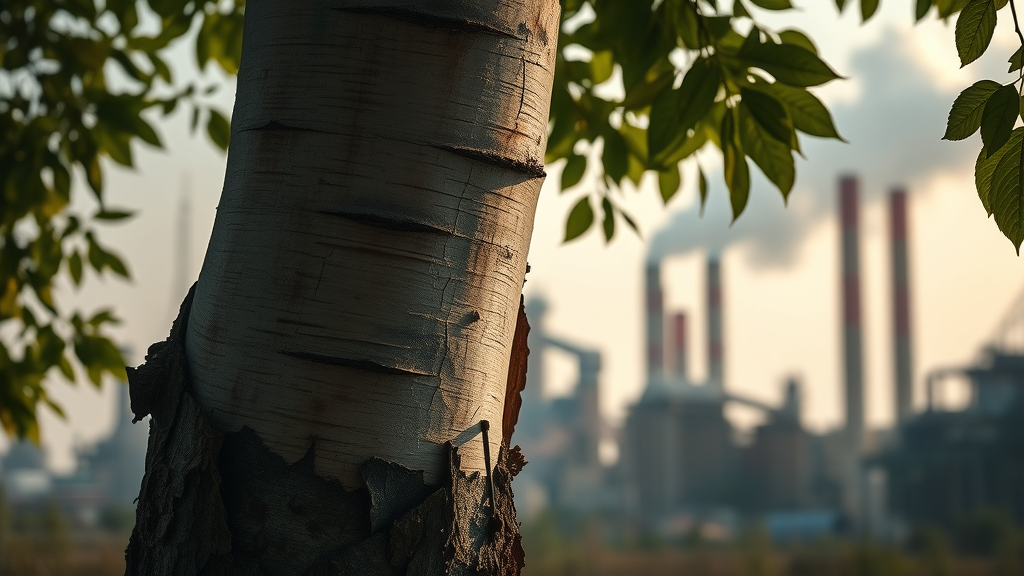
Understanding the Role of Arborists
Arborists are essential in promoting tree health and conservation. By involving community members and experts, they strive to safeguard our natural resources. Discover more about their initiatives through Tree Guardian News , which showcases efforts ranging from policy advocacy to hands-on tree planting projects.
What You'll Learn from Tree Guardian News
Insight into global deforestation trends
Updates on reforestation efforts
Expert perspectives from environmentalists
Community initiatives and success stories
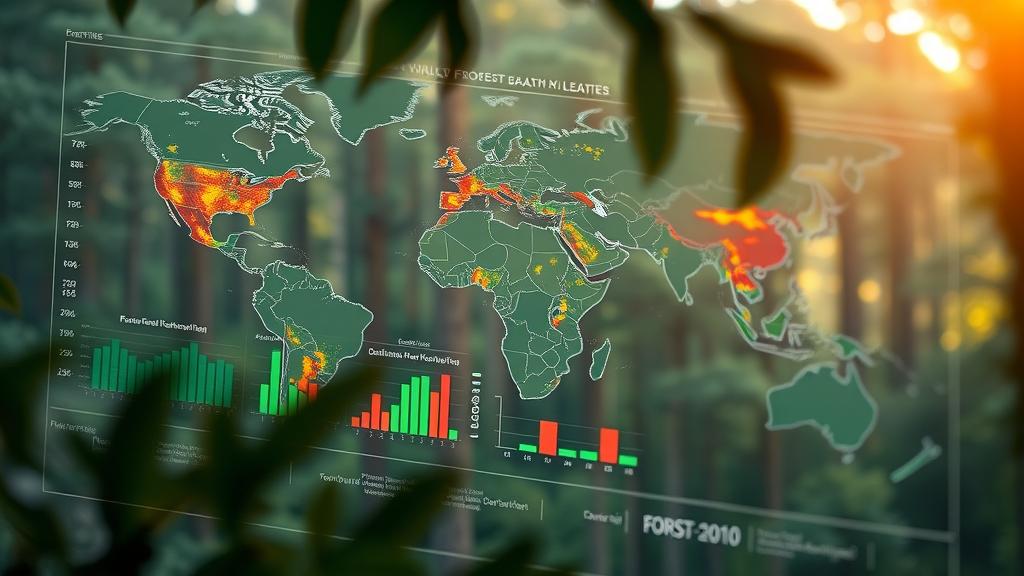
Statistics and Insights: The Deforestation Crisis
Region |
Deforestation Rate (%) |
|---|---|
Latin America |
19.4 |
Sub-Saharan Africa |
12.6 |
South-East Asia |
21.0 |
North America |
1.9 |

Innovative Solutions and Reforestation Initiatives
Community-Supported Forestry
Empowering communities to manage forests has shown significant promise in conserving biodiversity and enhancing local livelihoods. Programs spotlighted in Tree Guardian News , demonstrate success across various regions through combined efforts of community knowledge and modern forestry techniques.

Technological Advancements in Reforestation
Technology is revolutionizing the way we approach reforestation. Drones, advanced GIS, and remote sensing are some of the tools steering effective tree planting initiatives. Explore the cutting-edge techniques driving successful reforestation projects covered by Tree Guardian News .
Success Stories from Arborists -- Real Arborists, Real Stories videos on Tree Guardian News For Arborists
Why Tree Guardian News Should Be Your Go-To Resource

Comprehensive and Timely Updates
With daily updates, Tree Guardian News ensures you remain informed on global conservation efforts to protect our indispensable tree cover. This platform is your key to staying ahead of tree-related environmental developments.
Engagement with Environmental Experts
Leveraging insights from a global network of experts, Tree Guardian News works as a bridge connecting you to cutting-edge research and strategies for sustainable forestry. Join dialogues to gain deeper understandings and innovative ideas for preserving tree species.
Join a Community of Tree Advocates
Through forums and events, Tree Guardian News fosters a thriving community of individuals committed to environmental conservation. Engage with like-minded advocates, exchange ideas, and reinforce collective efforts in tackling global deforestation.
FAQs
What is an Arborists Arborists are individuals with the training and knowledge to serve as guardians of trees, dedicated to their protection and preservation through various conservation strategies and awareness initiatives.
How can I get involved in tree preservation? You can join local tree planting initiatives, support tree conservation groups, or participate in educational workshops.
What are the benefits of subscribing to Tree Guardian News? Subscribers gain access to exclusive content, expert insights, and a platform to engage with a community passionate about safeguarding our forests.
Key Takeaways
Stay informed about global tree conservation efforts.
Learn how to contribute to reforestation initiatives.
Connect with a community passionate about environmental change.
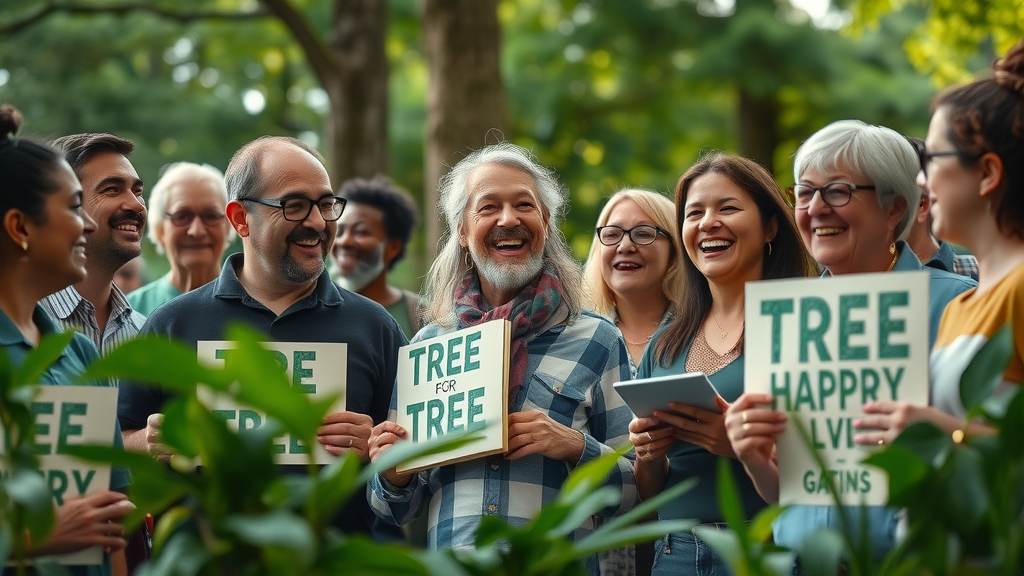
Call to Action: Connect with Tree Guardian News
Call Us at 203-271-7991 or visit TreeguardianNews.com
Watch as global conservation projects unfold, offering a glimpse into the dedication of tree guardians worldwide.
Embrace the Role of a Tree Guardian Today
Join the ranks of Tree Guardians to protect our planet's rich arboreal heritage by staying informed about tree care and actively participating in conservation efforts.
 Add Row
Add Row  Add
Add 

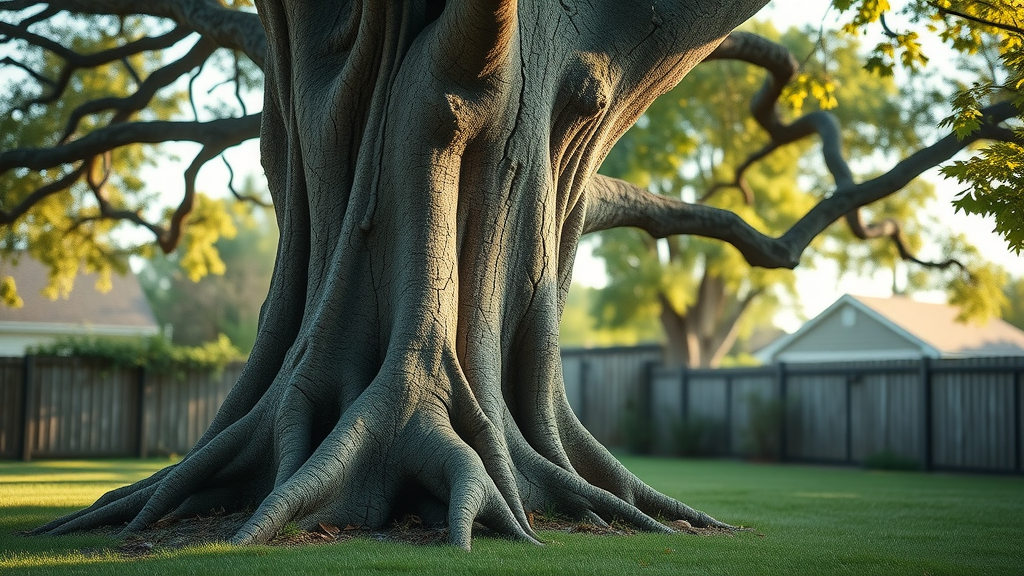
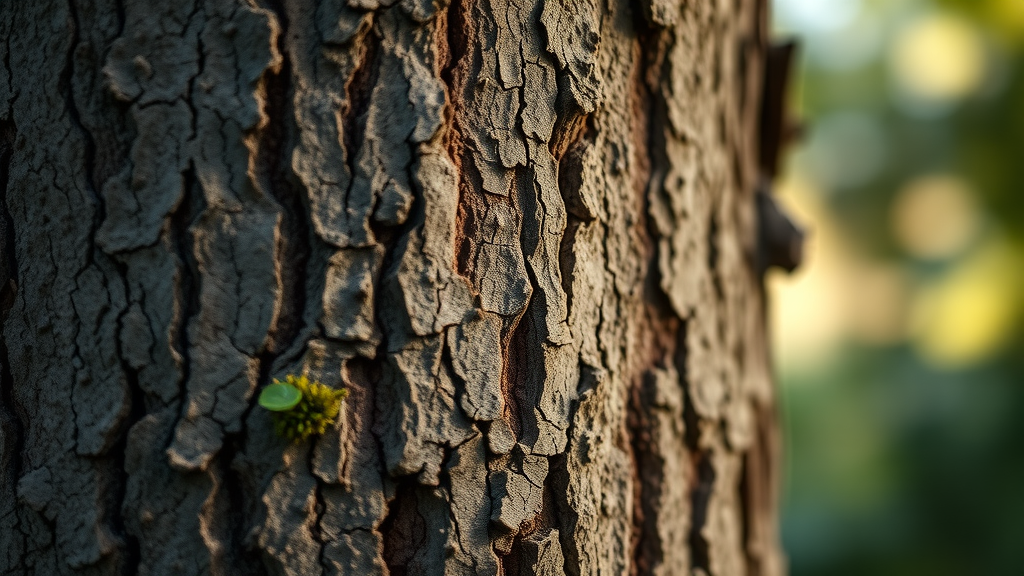
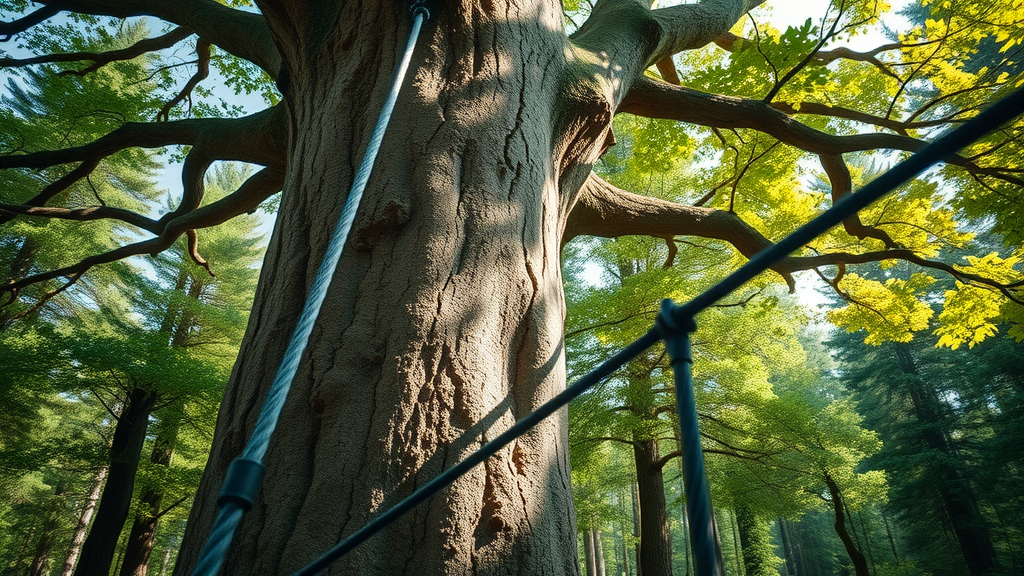
 Add Row
Add Row  Add
Add 

Write A Comment